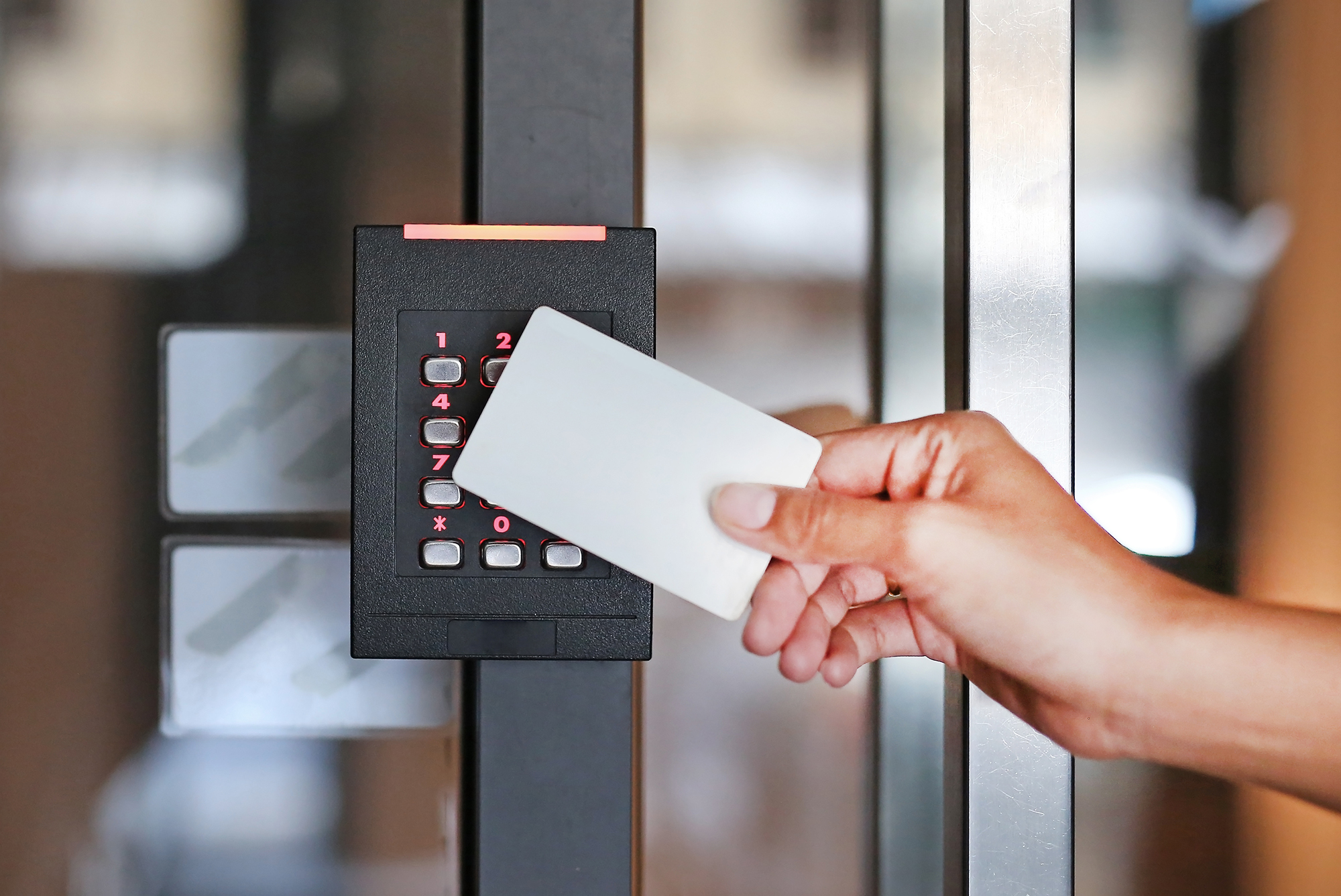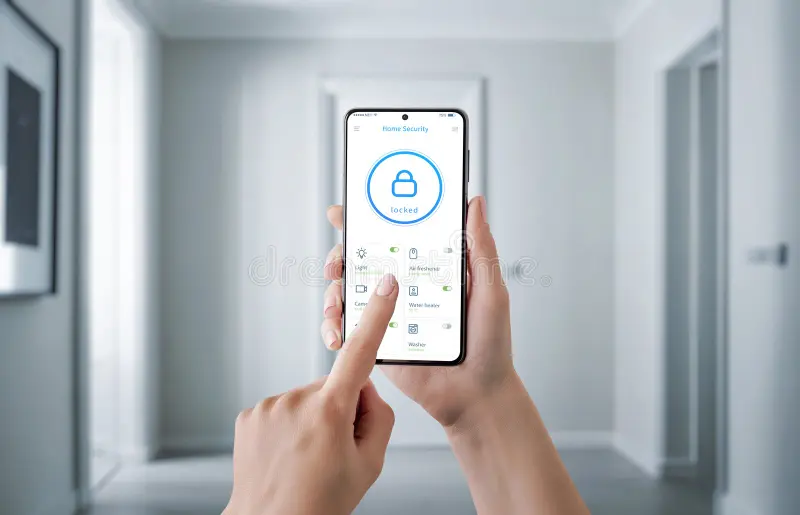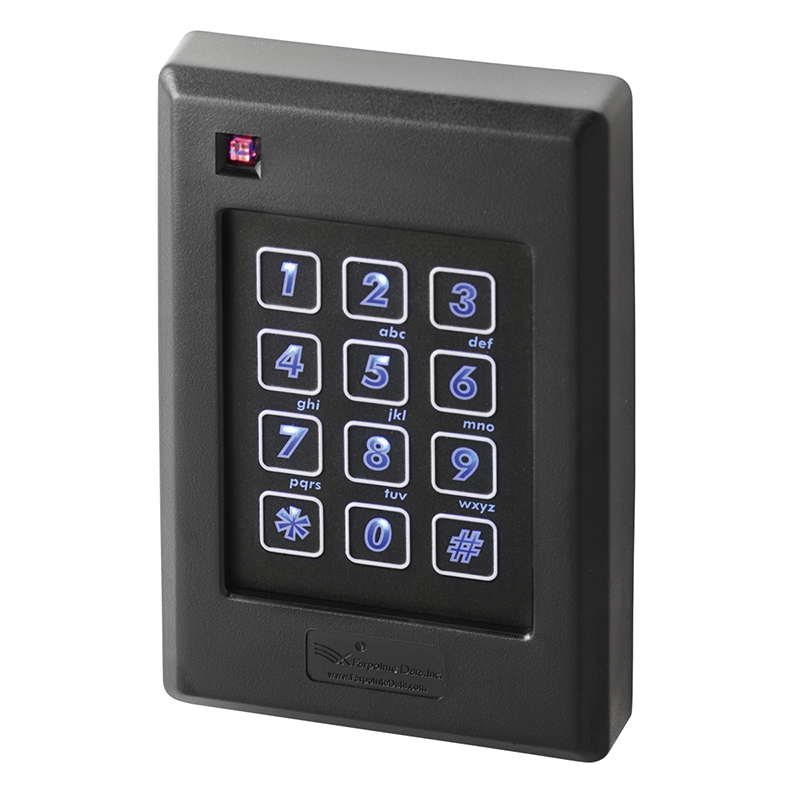Locks and keys can’t provide the ability the control when and where the keys are used. Keys can be easily duplicated, and when someone leaves your organization, you can’t be sure they’ve turned in all the keys. To re-key all door locks each time is an action that can be both time-consuming and expensive. Low Voltage Systems Inc. offers electronic access control systems that take all of these shortcomings.






Access control systems are security solutions designed to regulate who can enter or access a physical space or digital system. These systems ensure that only authorized individuals are granted entry, enhancing safety and protecting valuable assets.
Access control can be applied in two main ways:
Whether physical or digital, access control systems play a critical role in modern security, ensuring that only the right people have access—at the right time.
At DHM Low Voltage Systems Inc, we begin the installation of an access control system with a personalized consultation to understand your unique security needs. From there, we design a tailored solution that fits your requirements.
The installation process for physical access control systems involves several key components:
This process ensures seamless, secure access for authorized users while preventing unauthorized entry. Plus, our systems are future-proof, meaning they can be expanded or upgraded as your security needs evolve.
Yes, modern access control systems are designed with battery backup systems to ensure continuous operation during power outages. These backup batteries kick in automatically, allowing the system to keep running for a certain period, ensuring that access remains secure even during an emergency.
However, if the power outage lasts longer than the battery can support, the system may temporarily lose power. In this case, physical keys can be used as a backup method to grant access until power is restored, and the system can resume normal operation.
The built-in redundancy ensures that your security remains in place, even when faced with unforeseen power interruptions.
No, access control systems are highly versatile and can be used to manage access to a variety of entry points beyond just doors. They can be integrated with:
Curious about how access control can be integrated into your home or business and work with your existing security system?
Give us a call today 800-983-8040, and we’ll help you design a solution that fits your needs